Stroom Invest interviews / artist Afra Eisma
Afra Eisma’s work can be described as both autobiographical and energetic. In the realities which she constructs, common stories are told through color and play. Using sculpture, textiles and ceramics Eisma shows an enormous lust for life: stories must be shared and the energy is being transferred to an audience. Within entering the overload of objects, our personal game starts. While sticking together the pieces of this visual puzzle, the story reveals itself. In a world that is intoxicated with alienation, exclusion and fear, opening up yourself is extremely important, Eisma states.

Can you tell me something about the project you’re currently working on?
At the moment I’m in a period of relaxation and holidays. I often go on holiday in Amsterdam with friends where we are having ‘dream dates’. These are inspirations for work to follow. It can be photoshoots that we do or the discussions that we have, the colors we wear – anything. Since I often have the tendency to immerse myself in work and become a manic, I find it important to distance myself from my studio and to go away. Now I’ll go to Athens where I will visit one of my best friends where we’re going to explore the islands for Easter. This will give me time to read and think about my previous works as well as getting inspired for new ones. Furthermore, I’ve started to paint. Very funny. I made a painting about broccoli and Karen – my best friend – who loves broccoli. It’s about the cycle of the broccoli farts.
Direct- or indirectly, do your friends always play a role in your work?
Well actually, yes. A few years ago I realized that I had never been alone for more than 12 hours. The place where I can be alone non-stop is my studio. My works are characters, friends and partners to play with. They get properties, it’s a way in which I really return to myself. And there I find qualities that I have in mind, relying on my own friends. My work is very autobiographical.
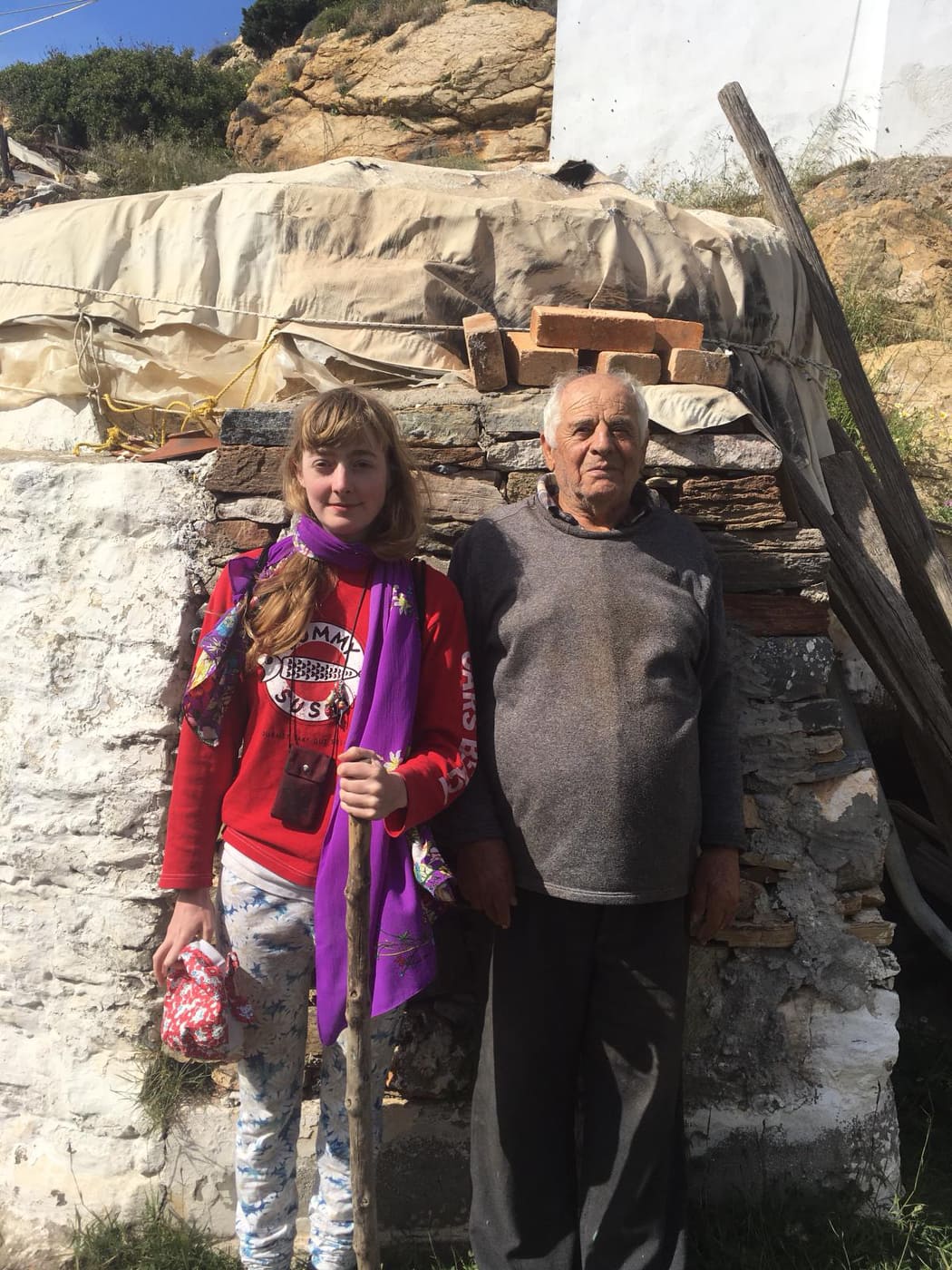

And now you are visiting a friend in Athens - a direct cause for new work?
I think it is. Usually when I am somewhere, I look very closely at the colors. Last year I was in Uruguay for a month. Consequently many earth tones with a red glow entered my work. Now we are going to visit all the islands of Athens with the pastor. On every island we’ll drink a shot of spirit with the locals. I usually film a lot during these trips, which I post on Instagram. I also bring a sketchbook to make drawings. I look at the architecture, how fences are built, and often those forms come back in new work. But I’m also looking at the culture, the way people live. In Uruguay everyone lives tranquilo, which makes me very happy. It’s so different from here, where everyone is in a hurry. I therefore have to distance myself from my studio, where my brain nevers stops working. That’s why I often go on a vacation. Like in Amsterdam, as I said.
How would you describe your work in three words?
Quirky, funky, gloomy. But I think the major theme in my work would be generosity. In my autobiographical worlds I like to show as much as possible, as an act of generosity. This is important in our current political landscape, where so much exclusion is happening. Within my work I hope to create a safe space for happiness, excitement and energy. I think my work has captured these feelings as quirky, funky and gloomy.
To what extent do you think your work is accessible to the public, originating from the intimate?
Everybody has to deal with dilemmas such as love and friendship. Even when my story is based on my personal friendship, other people are able to join the works, because they will have friends of their own. There is an entrance to my world, because it’s real and honest. I guess my work plays a lot with all the senses. Everything is very tactile and personal too. Some stories that are present in my work will never be fully revealed to the public, but it’s still there. I find it important that when a work is finished, I get the feeling that I want to lick it. Haha, maybe cause the tongue is interior as well as exterior to the body, so it’s very connecting. I’m not sure if other people feel like that. It would be fun to know!
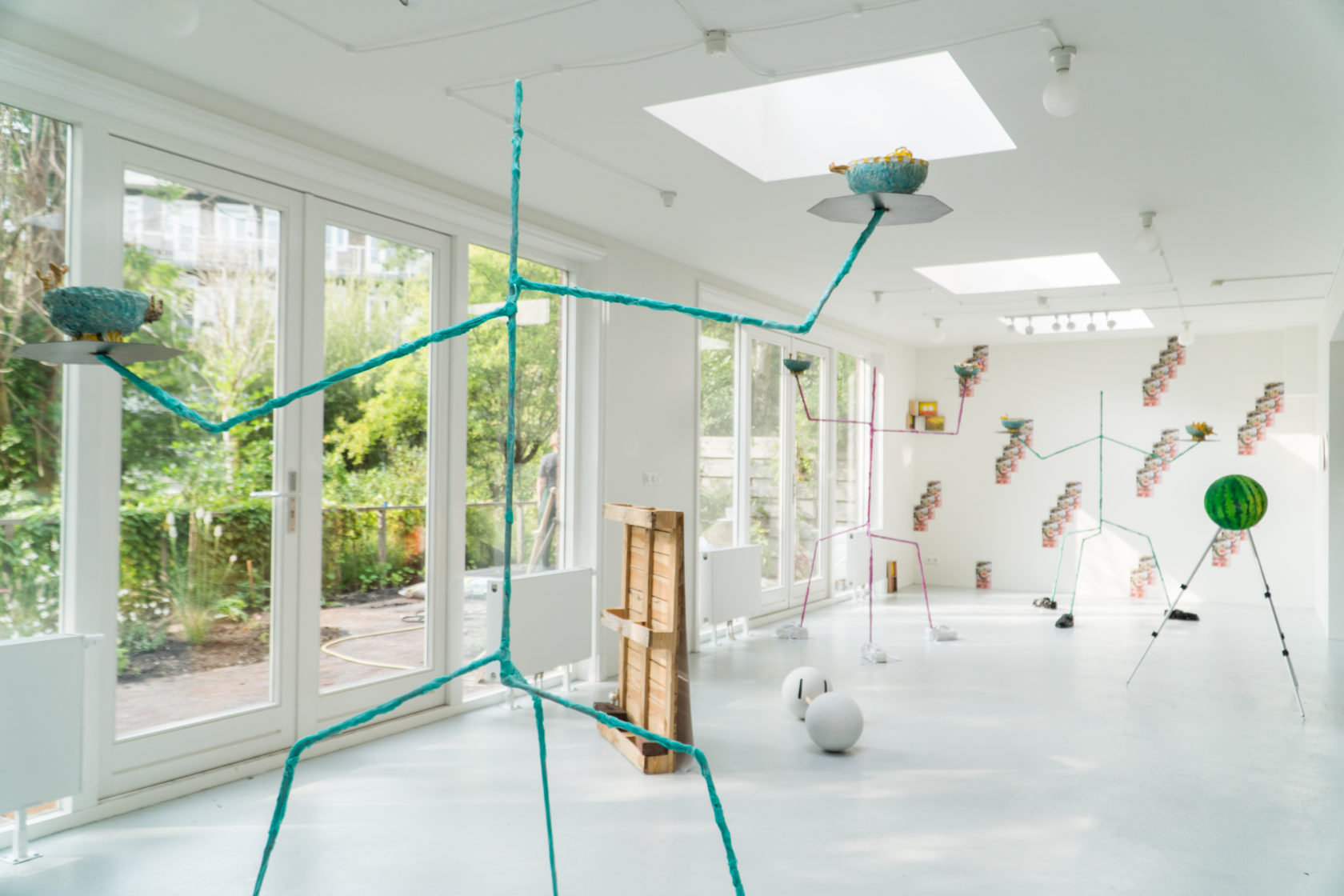
What is your favorite part of being an artist?
The rollercoaster feeling? Having the freedom to do what I want to do, every day? The variety and diversity it comes with. Being reflective and assertive on current situations that trigger me. I love art! I love making it! I LOVE IT!
Which artists or movements have influenced your life and way of thinking the most? Whose work inspires you?
Well, it has been very different through my stages of being. Cave paintings or growing sunflowers. The music of Donkey Kong Country is also of great inspiration to me at the moment, you know, from the video game. It’s absolutely fantastic – I put it on when I work in my studio and instantly I get the feeling I’m in another world. At the moment Jaqueline de Jong inspires me. I started painting after seeing her work in the Stedelijk Museum. I was obsessed with traditional painting when I was younger, but I completely quit after my first year at the academy. But now I love painting again. I’m also a big fan of the artists Laure Prouvost, Emma Hart, Jay Tan and Marnix van Uum.


And what is the best dialogue on art you have ever experienced?
I really liked a performance lecture by Laure Prouvost she did a few years ago. It was at Studium Generale in KABK. A great combination of a performance and lecture in one. It was very difficult to find the line between the fictive and the real.
In your profile picture, you’re standing in a space completely filled with stuff. Can you tell me something about the conditions which you need to work in?
Even though I just cleaned my studio, it’s still a mess. I guess it’s not the way I work: clean. Since my approach to work is rhizomatic, it naturally transcends to my studio. I don’t think I’ve ever had a clean studio. When I work, I mostly create ‘stations’ like glazing – clay – tufting – strange materials – paint – thinking – leisure. I hop around from one to another, climbing up to my new fortress that is a bunkbed in which I can take a seat and look over the whole studio. From my bunkbed I create a distance to my work and look elevated. This way I can take the hierarchy back, since the work takes over sometimes. I often ask: How are you? And then I look: How does the work feel? What does the work need? What do I want?
This is why I also often go on vacation; in order to look back. I don’t work linearly, not from concept to development. That’s why it is important to be open, to consider what the work gives you. Because sometimes, your work is presenting you a gift. When it’s not meant to be, but suddenly you see it and you have to choose what to do with it, the work has given you a present.
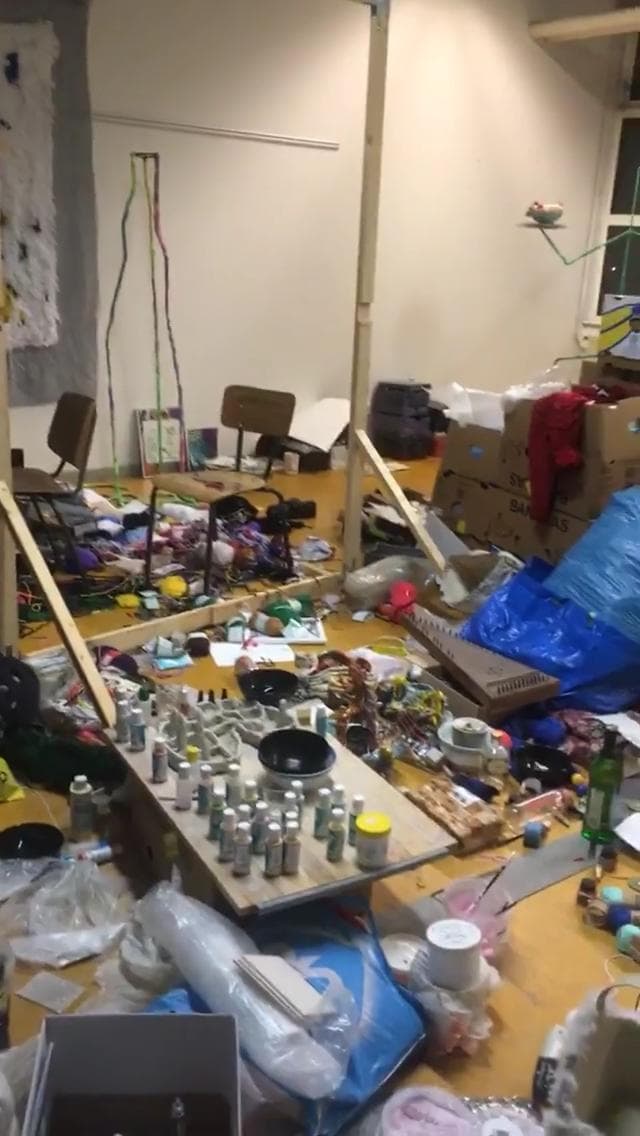
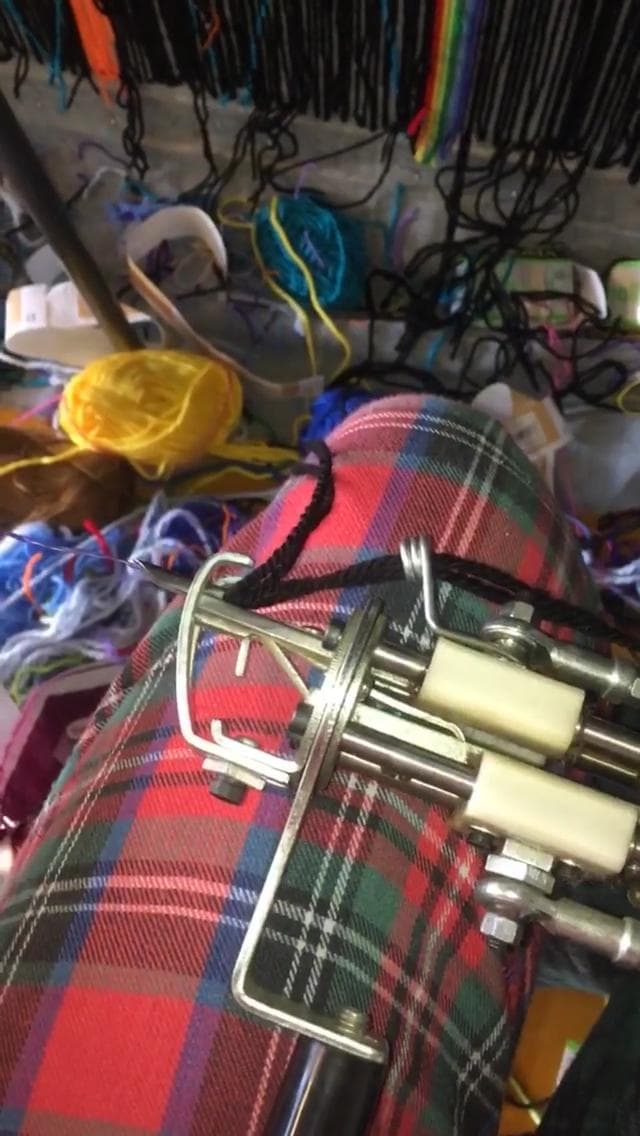
Can you tell me something about your artistic labour rights manifesto with your fellows? How does this relate to your visual work?
A lot of my friends [artists] are fed up with the fact that we have to fulfill labour in exchange for exposure but we’re done with doing so; for ourselves and for our future generation. The artistic labour rights manifesto is present in all artist hearts and minds. Within my work I’m purposely not addressing any political issues. I find it more effective to be political as artist. Even though political thoughts seep through my work, I am consciously active as a political artist more than what my work immediately reveals. If I would address this in my work I think it wouldn’t get to the core or cause of the problem. Therefore I try other ways, outside of my art, to get these problems being addressed.
You are mainly political outside of your work, in other forms than works of art. Can you give us an example of this?
I think it’s important that when you make or do something for political commitment, it must be more important than what you get in return. Ask yourself: what do I really give back to the community you want to address? I’ve noticed that the art world is a bubble, dominated by privileged people. That’s why it is important to take action and to really tackle it, rather than address it in my works of art. Because if I show the work in a white cube, will a person – that could really benefit – see it? And what will you change with the work?
And when your work leaves the white cube, to enter the street, the public sphere of the internet?
That’s possible, but I don’t know if art is the best tool for me. I think that it might not be efficient enough for me. There are other ways I would rather help or try to bet on. Some actions look like art, for instance the banners I made on my birthday for the climate march, which nobody could reject because it was my birthday. We wrote slogans together and walked with the banners to the march. They looked like art, but were not made to expose in a white cube; because it’s not about me. It’s about the climate march, about the act of being there, on a rainy day, walking together with the banners. It was an anonymous act, a group effort we did together. Everyone was equal in the whole process.
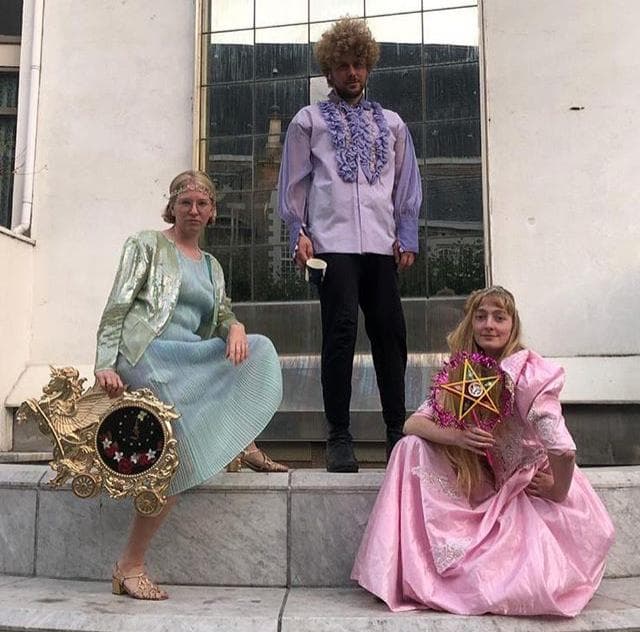
How do you experience exclusion in society and what is the need for art to occupy?
For instance, look at the Mama Cash research that has shown how female artists are being represented in the main collections of the bigger museums of the Netherlands. The highest museum on the list is the Stedelijk Museum Amsterdam, which only shows 20,5 per cent female artists. Statistically this means that I have less chance to show my work there than a male artist would have. This is ridiculous. And even though this country is taking some steps, we are far away from equality. The whole problem in society is that people are scapegoating certain human beings. I find that very scary. I guess art also has its own bubble, but I hope it can be comforting and welcoming for everyone. Art isn’t something ‘high’, so it’s not only for the upper class. With an art initiative I’m part of, we need to engage with the neighborhood according to the municipality. But we don’t want to have the obligation to say that they should find art interesting. Maybe they like dance much more, or a public barbecue.
Do you experience being an artist as complete freedom, or do you also experience frameworks and boundaries to which you relate?
I think I’m a bon vivant. Being an artist really connects to this way of living. Certain things are difficult, such as finance, and I always have the feeling that as a young woman, pale and blond, I have to state my limits. That’s very difficult to me, to stumble and to be taken seriously. And when you say something about it, about for instance unequal distribution in the arts, you are labeled as a feminist. If you do not articulate something properly, you can get attacked. This is a difficult situation, but for me being an artist is still the ultimate freedom. It’s what makes me happy.
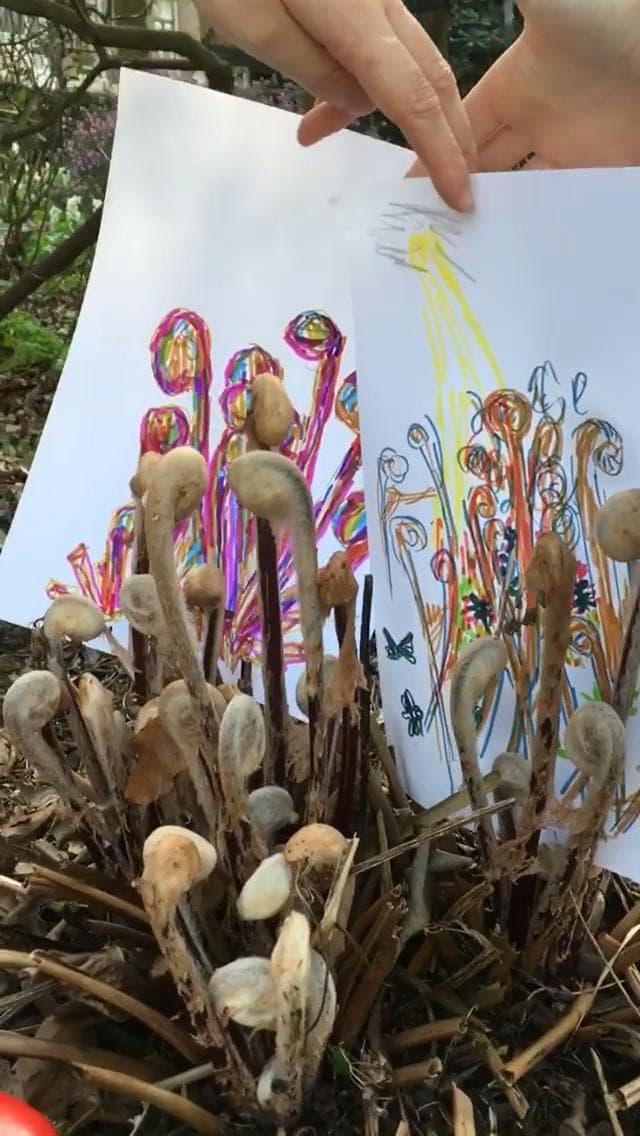
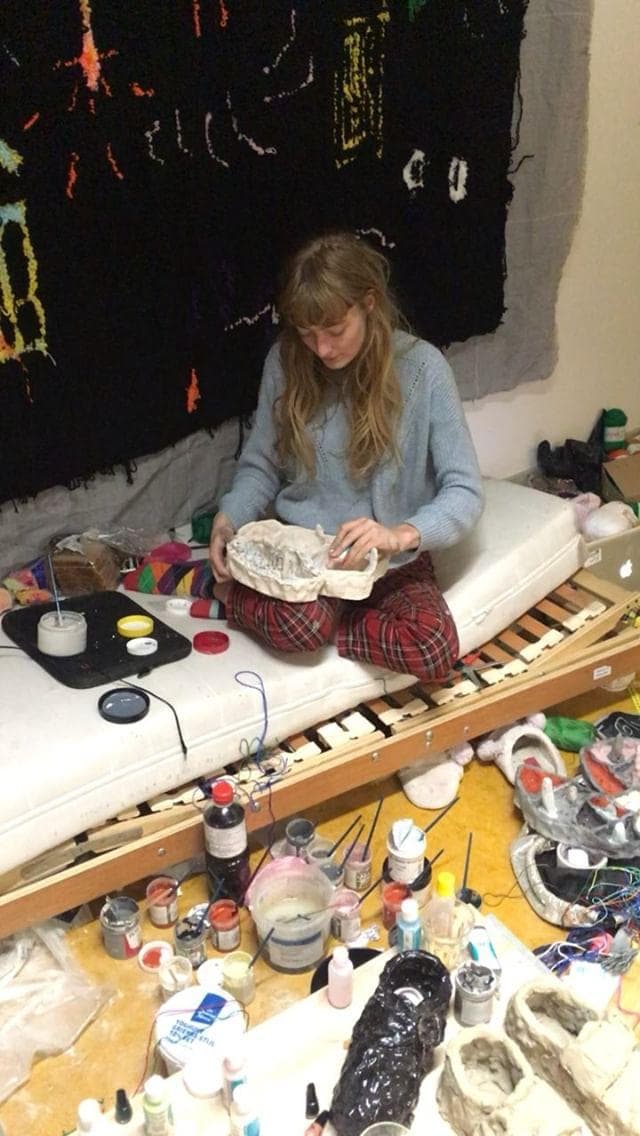
Do you approach The Hague as an important place for being the artist you are?
Yes, I love The Hague. I love a lot of places but the great thing about The Hague is that I have my friends here, that the city is affordable and that I’m part of great art initiatives like Billytown, Facetime and of course, Stroom.
How could the curators of the Invest Week help you? How do you ideally see the artist-curator dialogue?
I would love to discuss their ideas on ‘generosity’. I also would love to look at certain works and try to position them within my practice, discuss about possibilities and the future. Besides that I would love to talk about articulating or how to address my works in words. Yes, that would be great!
Contact
————————————–
In a collaboration between Jegens & Tevens and Stroom Den Haag a series of interviews will be published with (inter)national curators, artists and critics participating in Stroom’s Invest Week 2019.
The Invest Week is an annual 4-day program for artists who were granted the PRO Invest subsidy. This subsidy supports young artists based in The Hague in the development of their artistic practice and is aimed to keep artists and graduates of the art academy in the city of The Hague. In order to give the artists an extra incentive, Stroom organizes this week that consists of a public evening of talks, a program of studio visits, presentations and a number of informal meetings. The intent is to broaden the visibility of artists from The Hague through future exhibitions, presentations and exchange programs. The Invest Week 2019 will take place from 17th to 21th June.